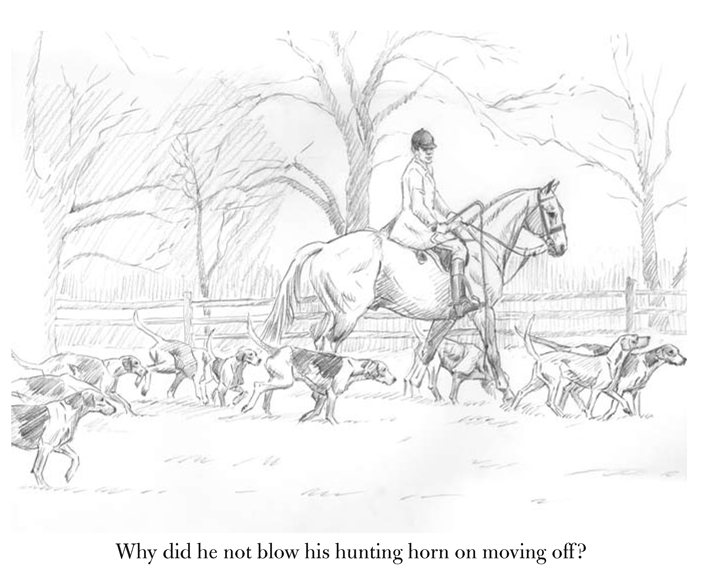ACKNOWLEDGMENTS
I would like to thank my wife, Caroline, for doing all of the typing of my manuscript and for her encouragement. I thank Fritz Teroerde, M.F.H., for allowing the Chas Fagan print to be used on the dust cover and also Christine Cancelli for her excellent illustrations. I am very proud to thank my daughter, Emily, for drawing the map of the hunt.
Special thanks must go to Jed Lyons, publisher of The Derrydale Press, and to editor Norman Fine, whose idea it was for me to write this book. I also thank Norman for writing the introduction and advice on hunting attire and etiquette, which I would have found far too complicated! Last but not least, I thank my very dear friend, Christian Hueber II, Joint-Master of the Radnor Hunt in Pennsylvania, for writing the foreword.
 ONE
ONE
WHY DID THEY DO THAT?
Join us for a mornings hunt. Though fictitious, our hunt will include many episodes that take place during the course of a proper huntepisodes which, if you have been hunting for even a short time, are typical of events you have seen in your own hunt field.
The hunt is the ultimate contest. Every episode or event that happens during a hunt poses a problem for one or more of the participants: huntsman, staff, hounds, or quarry. Every problem must be addressed quicklyrightly or wrongly. You have seen these problems arise, you have seen the players make the quick decisions, and you have often wondered why they did what they did.
If you have been baffled by events during the course of a hunt, you are not alone. I am often baffled, and I have been hunting hounds for more than thirty years. Lets take a quick look at this hunt we are about to have and identify some of the questions. Then, in the chapters to come, well follow each of the players individually over the same line of countrythe huntsman, the whippers-in, the Field Master, the hounds, and, finally, the fox. Well try to identify the problems confronted by each and examine the decisions they made. And I hope, when we come to the end of this day, youll have a better notion of how to watch and listen to the huntsman, his staff, and the hounds and come away with a better understanding of the strategies behind their actions. I guarantee this will increase your enjoyment of each and every hunting day.
Even before the hounds move off you notice that both whippers-in have left the huntsman and the pack. Why did they leave before the hounds? Soon after, the huntsman leads his hounds to the first draw (where hounds are deployed to search for a fox). Why did he not blow his hunting horn on moving off, as you have heard other huntsman do?
As the huntsman puts the hounds into covert (woods or thick brush where the quarry might be found), you look around and wonder why the Field Master has stationed himself and the field in such a position. You heard the huntsman drawing the covert, but why, when he had got to the end, did he draw it back through again? As he came back through the covert you heard a hound open (speak). Was it wrong or was it right?
As the hounds leave the covert hunting with a good cry, you notice that the huntsman is not riding directly behind his hounds. Why not?
On approaching the road, the hounds check (lose the scent), then cast (deploy) themselves over. Why did the huntsman bring them back over the road when they checked? Why did he decide to cast his hounds left-handed up the road instead of right-handed? Why did the first whipper-in disappear up the road, and what has happened to the second whipper-in?
Hounds are running well once more and reach a small covert. You see deer going away on the other side, and hounds come out on their line. How does the huntsman know that his hounds are not hunting deer?
Continuing on at a slower pace, hounds reach a farm of arable land. Why does the huntsman not cast the hounds forward when they check? Which hounds are working out the line? Why does the Field Master, having brought the field to a halt, now walk slowly on, even though the pack is not running? What was the second whipper-in doing off his horse?
Getting away from the plough, hounds run a little sharper across some rough fields where you see the hounds divide as another fox jumps up. From out of nowhere the first whipper-in appears and stops one lot of hounds. How did he know which lot to stop?
Running on nicely across good country, the Field Master leads you over a couple of brooks. Why did he jump the brooks very close to a tree?
Why did the Field Master point out to you the six crows that appeared to be doing aerobatics two fields in front of the hounds? On reaching an estate wall, why did two hounds follow the huntsman instead of going over the wall with the rest of the pack?
You heard the view holloa (loud screech) of the first whipper-in. Why did the huntsman go to him so quickly? How did he know that it was not a fresh fox? Why did the huntsman pull up fifty yards away from the whipper-in, instead of taking the pack straight to where the fox had been seen?
Why, when the huntsman saw two hounds standing at the entrance to a drain, did he not cheer them on?
Slowly now, the hounds hunt on into a covert and you hear them marking (speaking, digging at the earth) to ground. You also hear the huntsman cheering them with his horn and voice. Why did the second whipper-in not go into the covert with the huntsman and the first whipper-in?
Why, on returning to his horse, did the huntsman badger the second whipper-in about counting the hounds?
These are questions that you may well ask during a hunting day. I hope you will discover the answers in the following chapters. Also I hope that you will continue to frame the questions and seek the answers to all aspects of the chase. If you do, foxhunting will remain forever fresh and challenging for you.
 TWO
TWO
WHAT IS THE HUNTSMAN DOING?
The Rider I saw was a lean James Pigg,
Astride a Horse Rawboned and Big,
Blowing his Pied Pack over the Rocks,
On the Line of a Traveling Cheviot Fox.
Will. H. Ogilvie
THE HUNTING PLAN
A days hunting is, or should be, organized as well as a military maneuver. The Field Master will have been in contact with the Master to discuss any problems in the area, such as new seeds that have to be avoided or a landowner that has requested the hunt to keep out. The Field Master may well be familiar with the country to be hunted over, but it is always a good thing if he or she can walk the country the day before hunting. With modern-day farming methods the countryside is constantly changing.
The Master or huntsman will have sent out cards or made phone calls to all of the farmers over whose land he thinks he will be hunting. The wise huntsman will include all the farmers and landowners within a six-mile radius of the meet. If he produces a hunt with over a six-mile point from the meet, he will be quite happy the next day to placate any farmers he had not notified!
The Master will have met with the huntsman and discussed the draw for the daythe woods, coverts, rough ground, or likely places he will take hounds in search for a fox. Also discussed will be the areas to be avoided if possible, and, if such is the custom, the time and place that the second horses will be taken. It is essential that the huntsman has complete awareness of his draw and any landowner problems that he may encounter during the day. There is nothing worse for a huntsman than to arrive at the meet and be told that the draw has been changed. He has worried about the day all the night before, and to find that everything has been altered upsets his whole line of thinking.


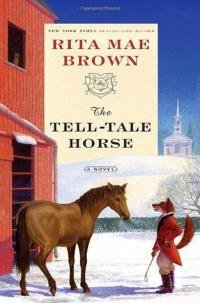
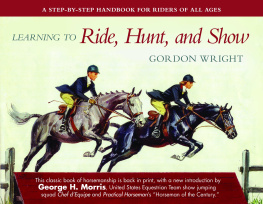


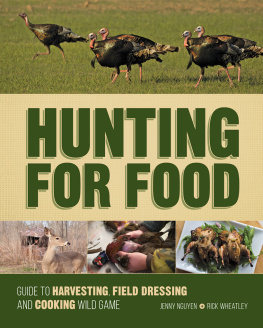
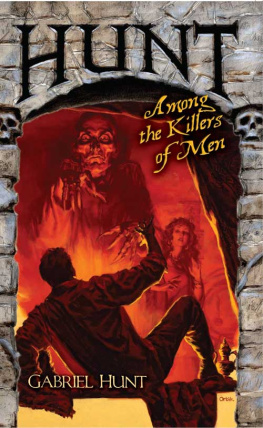
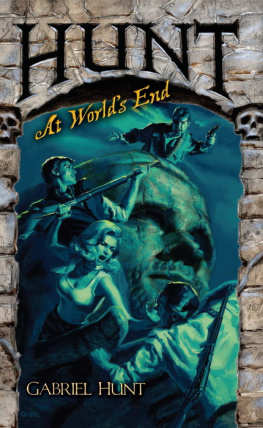
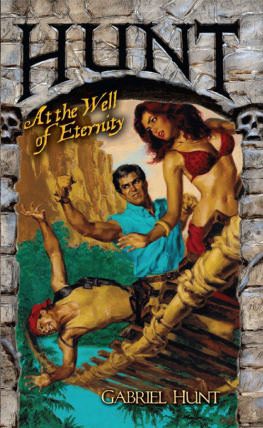
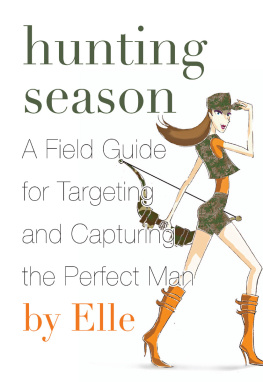
 ONE
ONE